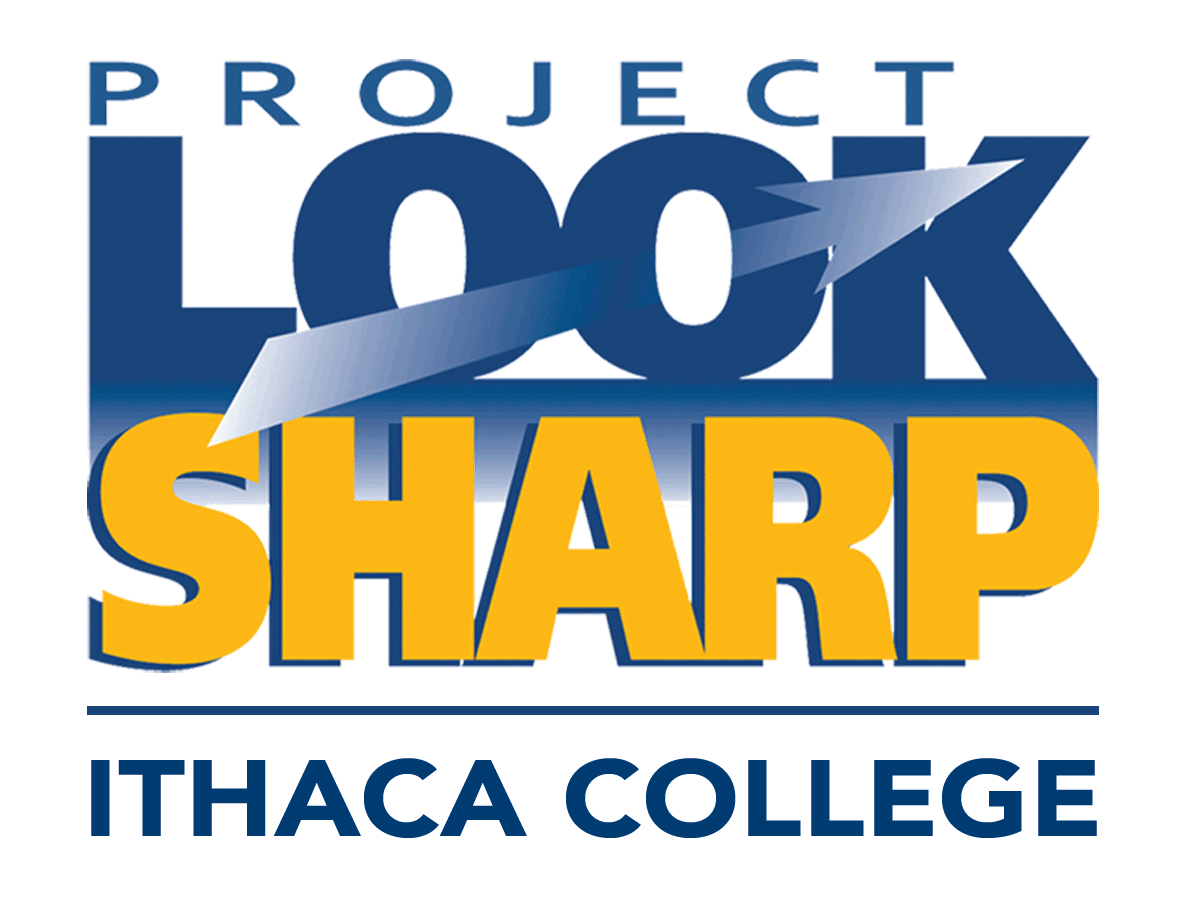Your Search Results (43) sorted by newest
How False Statistics Spread in the Digital World
In this media literacy activity students analyze a newspaper headline and photo, a tweet, an academic journal and a university survey for messages about the spread of false information via different media sources.
30-60 Minutes
How Much Fruit is in this Drink? How Can You Tell?
This is a media literacy and critical thinking activity in which students decode juice containers for messages about health and nutrition.
15-30 Minutes
Internet Messages About Toys: What’s the Purpose?
In this media literacy activity, students analyze a toy commercial, an educational video and a clip from an animated film for messages about the purpose of media messages.
15-30 Minutes
Marketing OxyContin: Profits, Lives and Disinformation
Media documents are excerpts from a company memo from Purdue Pharma, an investigative reporting video, an online article and two government reports related to the marketing of OxyContin. Students analyze messages about the role of industry in fueling the opioid epidemic and the credibility of the media documents.
30-60 Minutes
Misinformation About COVID-19: How to Figure It out
In this media literacy activity students analyze videos for messages about what to do about misinformation about the COVID-19 pandemic.
30-60 Minutes
Political Memes and Bias: What Resonates, What’s True and What Do We Share?
Students analyze political memes about Trump and Biden to think about their purpose and target audience, how to determine their accuracy/credibility, and to reflect on their own biases and critical thinking.
30-60 Minutes
Rating Media Credibility – Who’s Behind the Curtain?
In this media literacy activity students analyze websites for messages about how funders and advisors influence bias.
30-60 Minutes
Scientific Consensus: Global Warming Is Real and It's Caused by Us
This is a media literacy and critical thinking activity in which students analyze two web articles from Skeptical Science and NASA for different approaches to reporting on the scientific consensus on human-induced climate change.
30-60 Minutes
Social Media Goes Viral: Fact Checking Messages About COVID-19
In this media literacy activity students analyze a text message, a Facebook post, a webpage from a fact checking organization and a tweet from the World Health Organization for messages about credibility of Internet information about precautionary health measures for COVID-19.
30-60 Minutes
Spotting Fake News: How to Help
In this media literacy activity students analyze three videos for messages about how and why students should recognize and respond to fake news stories.
15-30 Minutes
Teaching About Climate Change: Why Does the Source Matter?
This is a media literacy activity in which students analyze two letters for the National Science Teachers Association and the Heartland Institute for conflicting perspectives about how to teach about global climate change.
15-30 Minutes
The Death of Kobe Bryant: How Viral Media Spreads Misinformation
In this media literacy activity students analyze screen grabs from a YouTube page, a Facebook post, a network news video page and online headlines, photos and captions for messages about credibility of Internet news reporting.
15-30 Minutes
Toy Commercials & Their Tricks
Media literacy and critical thinking lesson will teach the purpose of a commercial and editing tricks advertisers use to sell their products
This lesson is part of a "kit" or collection of media decoding lessons on a particular topic. You can explore that kit using the link below:
Playlist: Elementary Critical Thinking Skill BuildingUnit: First Grade Lessons
Kit: Critical Thinking & Health: Nutrition and TV Commercials
30-60 Minutes
Tracking Lies: Determining the Credibility of Internet Information
This is a media literacy and critical thinking activity in which students decode a tweet, a blog post and a factchecking webpage for credibility of Internet information.
30-60 Minutes
Trusting Web Videos on COVID-19 (Or Not)
In this media literacy activity students analyze for credibility four video clips of people giving prevention advice during the Covid-19 crisis: President Donald Trump, Dr. Anthony Fauci, Director of the National Institute of Allergy and Infectious Diseases, a New York City primary care doctor during an online family information session, and a naturopathic doctor during a televangelist TV program. These were all posted online in March of 2020.
15-30 Minutes
Twitter and Lies: How They Snowball
In this media literacy activity students analyze an excerpt from a research study published in a scientific journal and a news article about the study in an online magazine for messages about the spread of lies on Twitter and the differences in writing for different target audiences.
30-60 Minutes
What Do We Do About Fake News?
In this media literacy activity students analyze three online articles for messages about the responsibility to ascertain credibility in news stories.
30-60 Minutes
What to Believe? Media Misrepresentations of the War in Ukraine
Students analyze social media and news videos for messages analyzing misinformation and bias in reports on Russia’s war on Ukraine.
30-60 Minutes
When to Call a Lie a Lie – Media’s Responsibility to Hold Politicians Accountable
In this media literacy activity students analyze an article and a video news commentary from liberal and conservative media sources for messages about how the media responds to lies told by President Trump.
30-60 Minutes
YouTube Recommendations: What Do I Do?
In this media literacy activity students analyze results from a YouTube recommendations list for messages about how to select videos based on the likelihood of their offering credible information.
15-30 Minutes














.png)



.png)